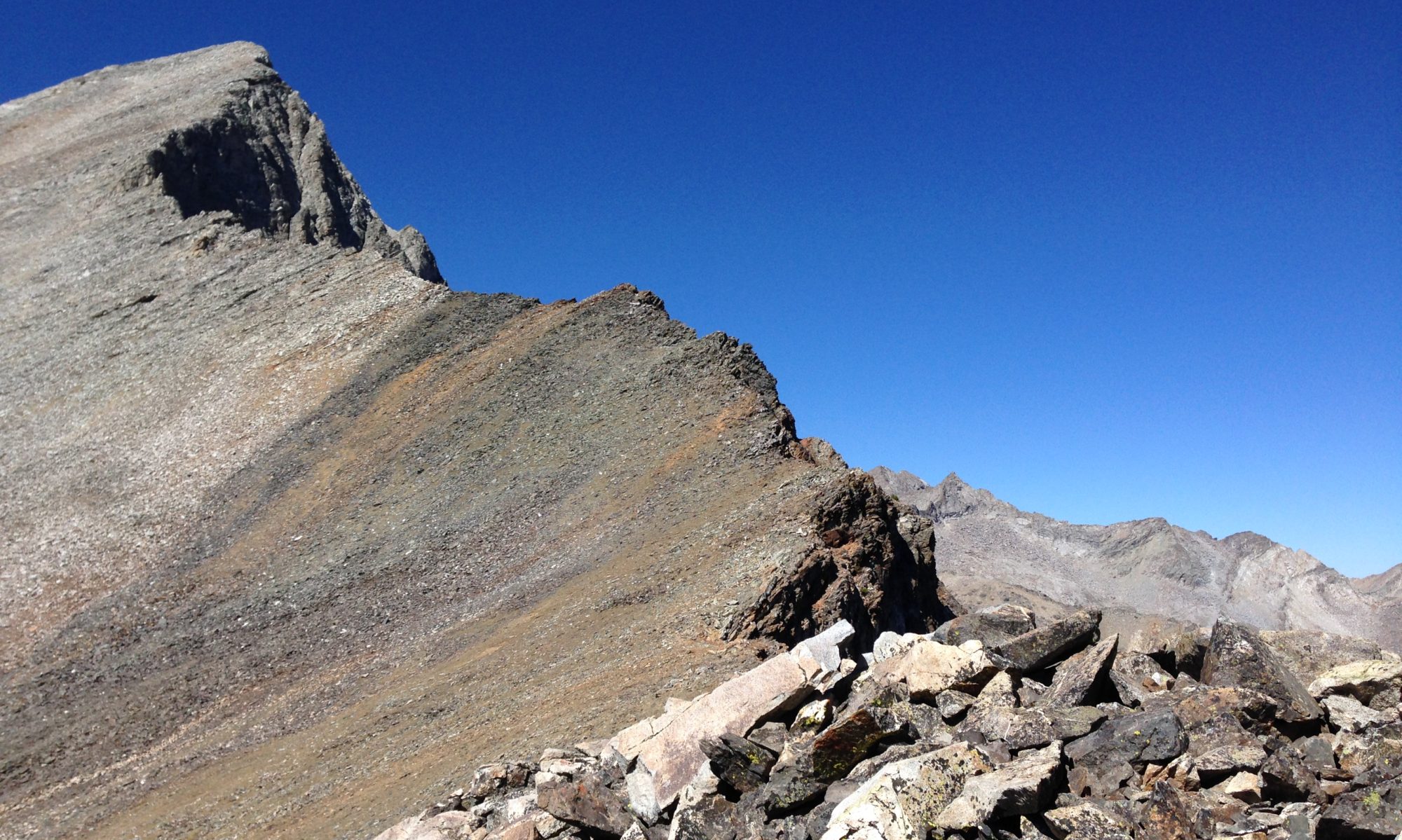More on Concentrations of Power
Many thanks to Dr. David R. Criswell who has responded to my posting about his recent testimony on Capitol Hill. It seems that what I initially thought could be wild science fiction is already science fact. Indeed, many of the technical parts seem already functional.
Following Dr. Criswell’s invitation, I went and did some more more more reading. Still, I just don’t understand how lunar construction can possibly be cheaper than terrestrial construction, except perhaps that there are fewer security guards needed to protect systems built on the moon. That said, I am content to take Dr. Criswell’s word on the technical feasibility and even on the production costs. The long-run economic benefits seem impossibly complex and the details too sketchy for me to believe… but I’ll accept that this sort of power could be much cheaper and that that would have significant economic benefits.
From everything I see about this, it’s technically gorgeous. The trouble I have is with the social and political implications. Can these signals be hijacked? Amplified? If this sort of tech is already floating around, how hard would it be to toss up a satellite, grab a bit of power, amplify and aim it? Would the current White House be willing and able to use such power beams as short-term killers or long-term silent scourges? There have been reports of radioactive casings left behind in Iraq. Some months ago, Halliburton “lost” 200 lbs. of equipment that also happened to be essential ingredient for a dirty bomb. How often have we developed tools and weapons that quickly thereafter became things we needed to scramble to defend against? That list now includes such things as fertilizer and airplanes. Do such dangers (i.e. costs) exist with lunar power beams? Do we have the necessary social and political “technologies” to manage such things? And would these dangers be greater if everybody had one of these in their backyard or is it safer to do this all at lunar distance?
All of this leaves me wondering further what the projections would be (and how they could ever be made) for declining violence and hatred and proactive defense in a world where scarcity is seems so likely to be technically diminished. Marvelling a bit that even in the midst of such abundance, the gap between rich and poor is projected to widen. Reminds me too that Bucky Fuller showed years ago that we already have enough resources here on earth to eliminate all hunger, but still we continue to choose and spend on other means of security.
Is it possible that such a system could be designed, developed and operated as a global asset? What are the socio-political models to build this on? The UN? The internet and telephone? WTO? ICC? World currency markets? Still reading… and thinking that an interdependent sort of world more and more will require us to find integrated and complete techno-social-political-spiritual solutions to our needs. Whole-life, whole-world solutions.
Forget the dollar and the Fed. Forget gold, and even oil. Imagine the kilowatt as the global reserve currency. What does that look like if the only financially feasible power comes through American equipment on the moon? What if that equipment is owned by all nations? OR… what if it is collected from every backyard and rooftop, with each homeowner getting financial credit for the power they capture and feed into the grid? And what if those scenarios mix? Now that’s a new kind of power.



